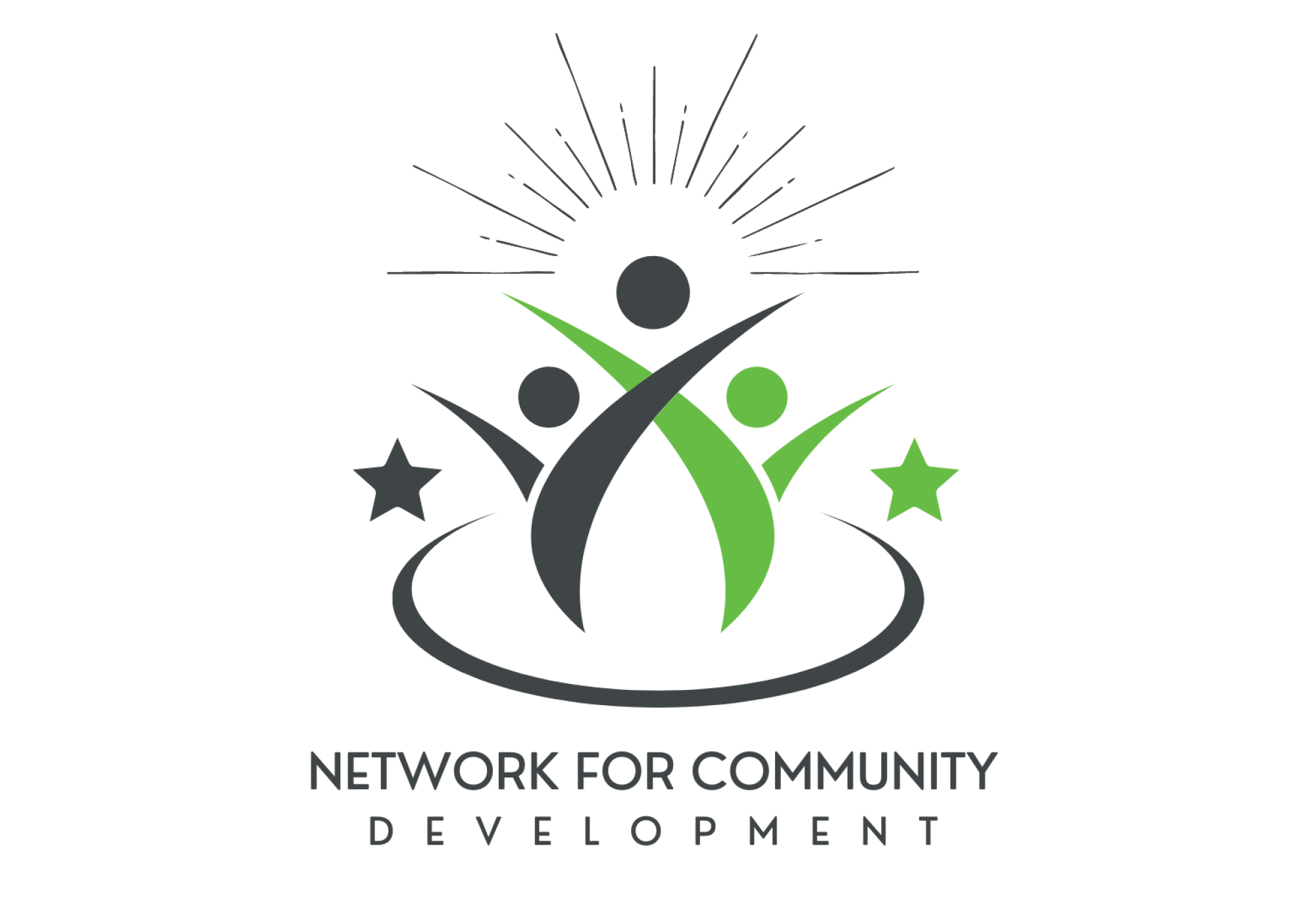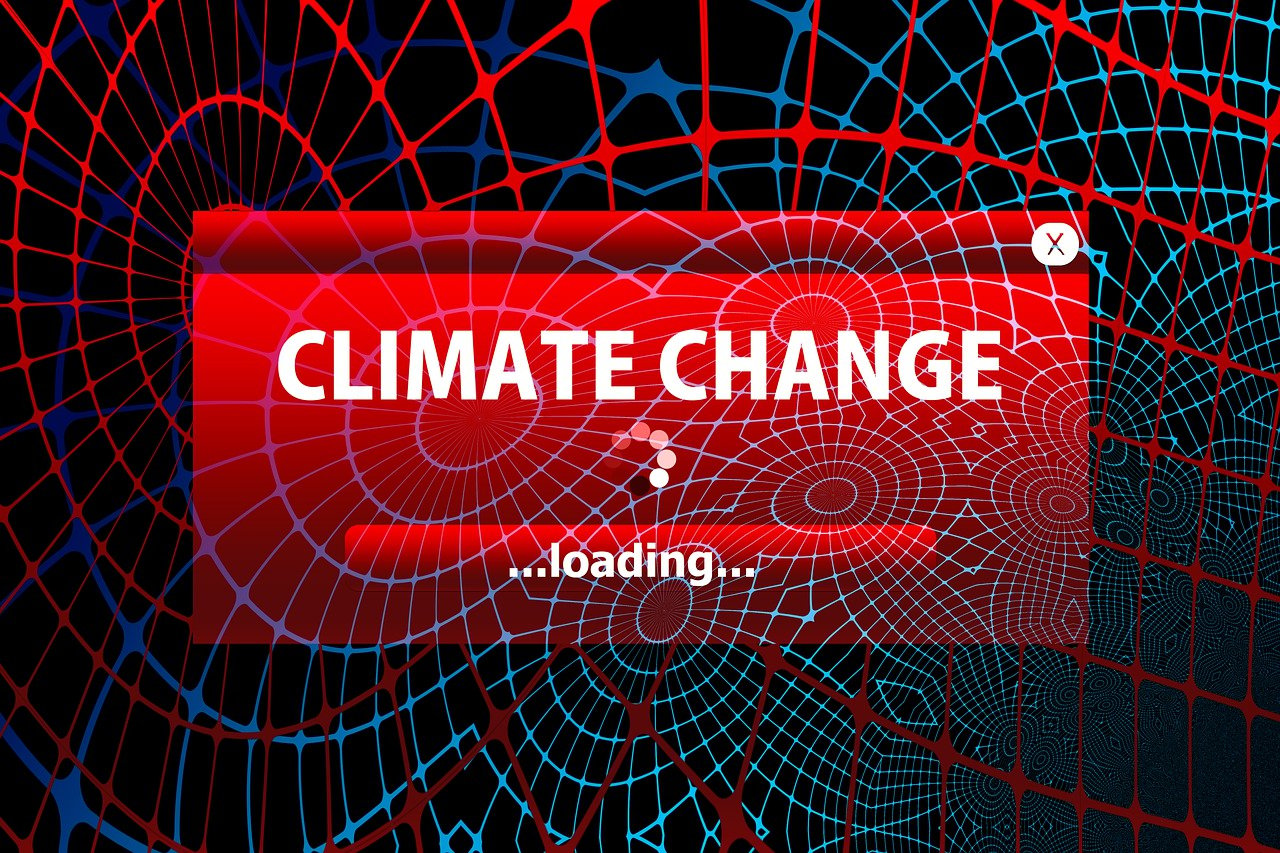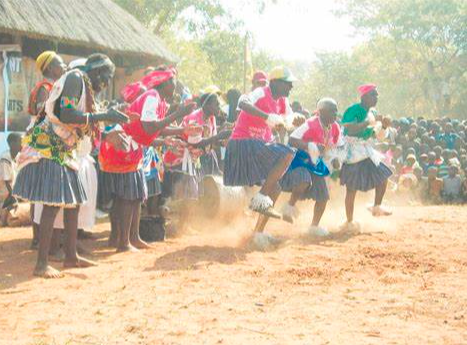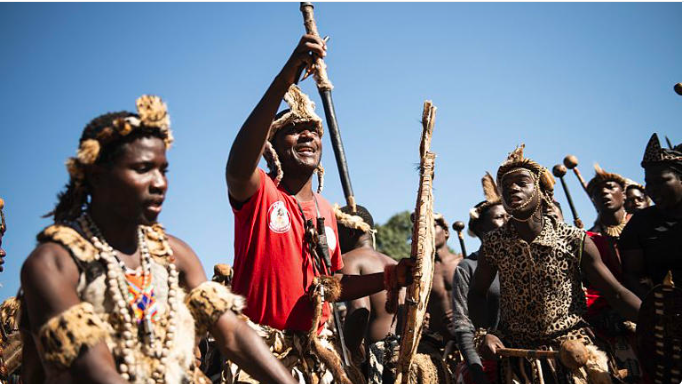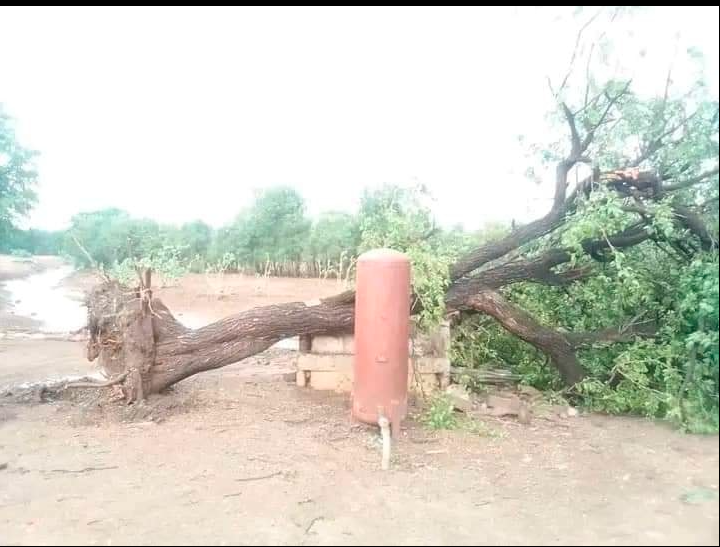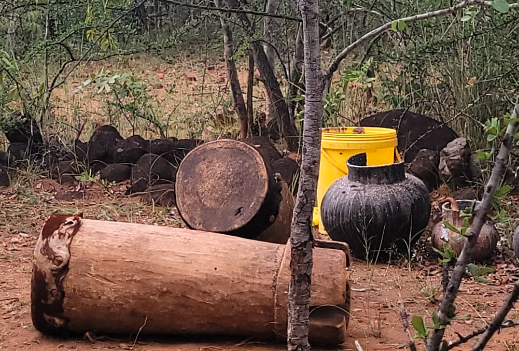Zimbabwe’s Climate Response lukewarm
Zimbabwe is one of the Southern African Development Community’s (SADC) climate change hotspots. Climate change can be defined as the long-term alteration of temperature and typical weather patterns in a place. It has decimated and shifted livelihoods, leaving already vulnerable communities exposed to diseases, cyclones, frequent droughts, and rising temperatures. This week’s column, therefore, discusses why there is a need for the government, together with citizens, particularly the youth, to take climate action.
There are many factors contributing to climate change, such as greenhouse gases. Human activities – especially fossil-fuel combustion since the Industrial Revolution are responsible for steady increases in atmospheric concentrations of various greenhouse gases, especially carbon dioxide, methane, ozone, and chlorofluorocarbons. Also, the conversion of vegetation by deforestation, afforestation, and agriculture is a further source of climate change. It is becoming increasingly clear that human impacts on vegetation cover can have local, regional, and even global effects on climate due to changes in heat flux to the atmosphere and the distribution of energy within the climate system. Other factors contributing to climate change include solar variability, tectonic activity, orbital variations, and volcanic activity.
Zimbabwe’s response to climate change is inadequate
Zimbabwe has committed to reducing greenhouse gas emissions by 40% by 2030. The country’s energy sector is responsible for about 34%, agriculture and forestry are responsible for 58% of total emissions with waste accounting for 5% and industrial processes 3%. Africa contributes 2%-3% of the global greenhouse gas emissions causing climate change Zimbabwe contributes less than 0.1%. Despite this small contribution, Zimbabwe has plans to reduce emissions. Almost 6,000 infants and over 8,000 adults die yearly from air pollution in Zimbabwe. Air pollution and unsafe sanitation are among the top 10 risk factors for health in Zimbabwe. There is a pressing need to transition to greener sources of fuel and smarter transportation due to the significant contribution of the transport sector to greenhouse gas emissions. Despite the negative impacts of climate change felt by communities, Zimbabwe’s response to climate change is inadequate.
To attain climate neutrality, public participation is crucial. Yet, engagement must be carried out meaningfully for the participating institutions and citizens to have the desired effects. Especially in the context of urban development, citizen-led mitigation and adaptation are essential for the advancement and acceleration of climate policy action. For instance, enhancing their knowledge and ability to shape environmental and climate change policy will significantly help young people so that local solutions can flourish. To speed up bottom-up climate mitigation and adaptation initiatives in the urban environment, the top-down method necessitates the creation of concrete action plans for public involvement and engagement.
Public participation key
The need for public participation in climate action is not new, despite increased focus in recent years. Giving citizens a voice in climate change-related decision-making has long been recognized and supported by intergovernmental organizations and authorities, as seen by the 1992 Rio Declaration, the 2015 Paris Agreement, the 2020 European Climate Pact, and the European Green Deal. Similarly, the scholarly literature generally agrees on the advantages of public involvement in environmental decision-making. They include raising fresh perspectives based on local knowledge and skills, encouraging social learning, and increasing community acceptance and support for climate initiatives. Additionally, it has been found that meaningful engagement is essential for ensuring that policies are developed in a socially responsible manner.
Empowering citizens to participate actively and jointly own their climate-neutral futures is very important, although it is still unclear how this might be accomplished. The actual design of public participation has not been the subject of any systematic empirical studies. Although engaging citizens in climate action is essential, a structural barrier to meaningfully involving citizens in climate change adaptation and planning is the absence of supportive policies, regulations, and planning tools. Other challenges citizens face are the lack of environmental awareness and denial of climate change, attachment to location, and self-perceptions. Deliberative events, to start, show citizens’ active role in making decisions and creating a consensus-based strategy to address challenging issues, such as climate change and food systems. This structure addresses the conflict between citizens and experts and breaks the generational impasse in representative democracy.
Empowering the Youth and women is critical in addressing climate Change.
In Zimbabwe, the local governments should set up forums for interaction with the youth to discuss climate change issues in the same way they discuss service delivery issues. This is very important because youths should assume leadership roles in developing solutions to this urgent issue of climate change. There are numerous ways to do this, such as identifying gaps in youth engagement through research and data collection and sensitizing the youth and local communities about climate change by enhancing awareness through robust training curricula that use local languages to ensure inclusion.
Vulnerable groups, particularly youths and women who reside in urban high-density areas, are disproportionately impacted by climate change. They have limited access to decent jobs and lack stable access to food and nutrition. Widespread youth and women involvement in disaster preparedness and response, particularly at the grassroots level, can contribute to developing a youth/women engagement movement and increasing the adoption of best practices in agricultural and environmental projects at the community and individual levels. To put youth front and center, we can include youth participation in advocacy for swift action on the climate crisis.
Encouraging youth participation is very important because Youth have already demonstrated a remarkable capacity for organizing around causes they care about. To improve society and have a transformative effect on young people’s lives, there is a need to create spaces for their activism. It is crucial to be dedicated to empowering girls and boys as change agents and ensuring their active involvement and opinions are considered in decision-making regarding climate action at the local, national, and international levels. Supporting increased climate action is essential as it will take tremendous work to reach these targets.
Various means to take Climate action may include;
Participatory budgeting where community members decide how to distribute public funds, has long been acknowledged to involve residents in local governance and decision-making. This budget ensures an increase in citizen awareness of the advantages of climate change adaptation and mitigation in a way that meets their needs. Local authorities and rural district councils (RDCs) in Zimbabwe might adopt this concept to support climate change adaptation, all of which locals will decide upon. Green participatory budgeting has been proposed in other places to achieve a more equitable and environmentally friendly post-pandemic recovery.
Community-led, nature-based solutions that address poverty, hunger, and climate change through the regeneration of trees and shrubs. This includes vegetation and tree planting, and identifying suitable land for restoration of forests. Restoring natural ecosystems for the most vulnerable communities is another form of community development. Urban communities can also engage in urban agriculture without causing land degradation.
Creating green jobs and climate-smart livelihoods. Investing in climate-smart livelihoods, such as regenerative farming practices, ecotourism, and green manufacturing, can help mitigate the impacts of climate change while creating economic opportunities, particularly in vulnerable or historically marginalized regions. A just transition to a green economy can address both environmental and social justice concerns, empowering people to be part of the solution to the climate crisis.
In conclusion, Zimbabwe must address climate change and end poverty and inequality to prevent future climate crises. By assisting in preserving and reconstructing environments taking climate risks and climate-smart outcomes into account, the country will support sustainable economic activities. The network for community development supports the development of inclusive market systems, climate-smart agricultural practices, and sustainable natural resource management to boost market access and sustainable agricultural production.
